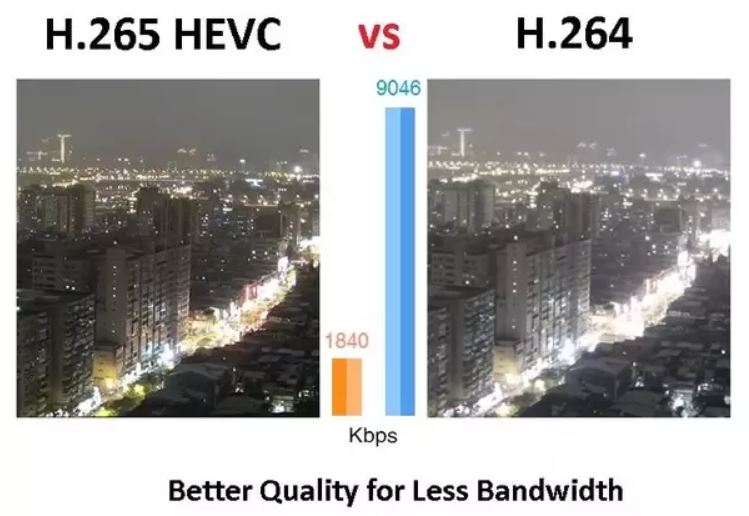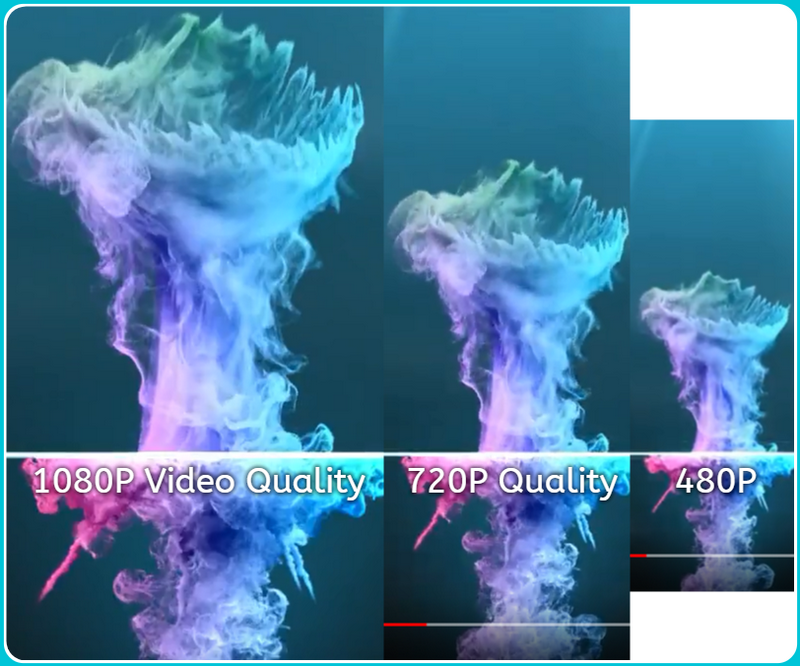Video Quality

Understanding Video Qualities in IPTV
When it comes to IPTV streaming, understanding video quality is essential for both providers and viewers. In this article, we’ll explain the different video formats commonly used in IPTV services and how they affect the viewing experience.
Introduction
IPTV streaming has revolutionized the way we watch TV, offering viewers a vast selection of channels and on-demand content. The video format used to deliver the content is one of the key factors that determine the quality of IPTV streaming.
Video Formats
The most common video formats used in IPTV services include:
- MPEG-2: Widely used in cable and satellite TV broadcasting, this format offers high compatibility with older devices. However, it has a relatively low compression rate, resulting in larger file sizes and lower video quality.
- H.264: Also known as AVC (Advanced Video Coding), H.264 is a widely adopted video compression format that offers high video quality at lower bitrates. It’s the most commonly used format in IPTV streaming services.
- H.265: Also known as HEVC (High-Efficiency Video Coding), H.265 offers even better compression than H.264, resulting in smaller file sizes and higher video quality. However, it requires more processing power to decode, making it less compatible with older devices.
- VP9: Developed by Google, VP9 is an open-source video compression format that offers high video quality at lower bitrates than H.264. Most modern web browsers support this format, making it a common choice for web streaming services.

Video Resolutions
Video resolution refers to the number of pixels that make up the video image. The most common video resolutions used in IPTV services include:
- SD (Standard Definition): Older TVs and devices commonly use this resolution which typically ranges from 480p to 576p.
- HD (High Definition): This resolution ranges from 720p to 1080p and offers a sharper, more detailed image. It’s the most commonly used resolution in IPTV services.
- UHD (Ultra High Definition): This resolution ranges from 2160p to 4320p and offers an even sharper, more detailed image than HD. However, it requires a higher bitrate and more processing power to stream.

Video Bitrates
The Video bitrate refers to the amount of data used to transmit each second of video. Higher bitrates result in higher video quality but require more bandwidth to stream. The recommended video bitrates for IPTV streaming are:
- SD: 2-5 Mbps
- HD: 5-10 Mbps
- UHD: 20-50 Mbps
Video Codecs
Software algorithms compress and decompress video data, known as video codecs. The most common video codecs used in IPTV services include:
- MPEG-2: Most older devices support this codec, which is commonly used in cable and satellite TV broadcasting.
- H.264: IPTV streaming services commonly use this codec, which provides high video quality at lower bitrates.
- H.265: This codec offers even better compression than H.264, resulting in smaller file sizes and higher video quality. However, it requires more processing power to decode.
Conclusion
Understanding video qualities is essential for IPTV service providers and viewers to ensure a smooth, high-quality



0 Comments